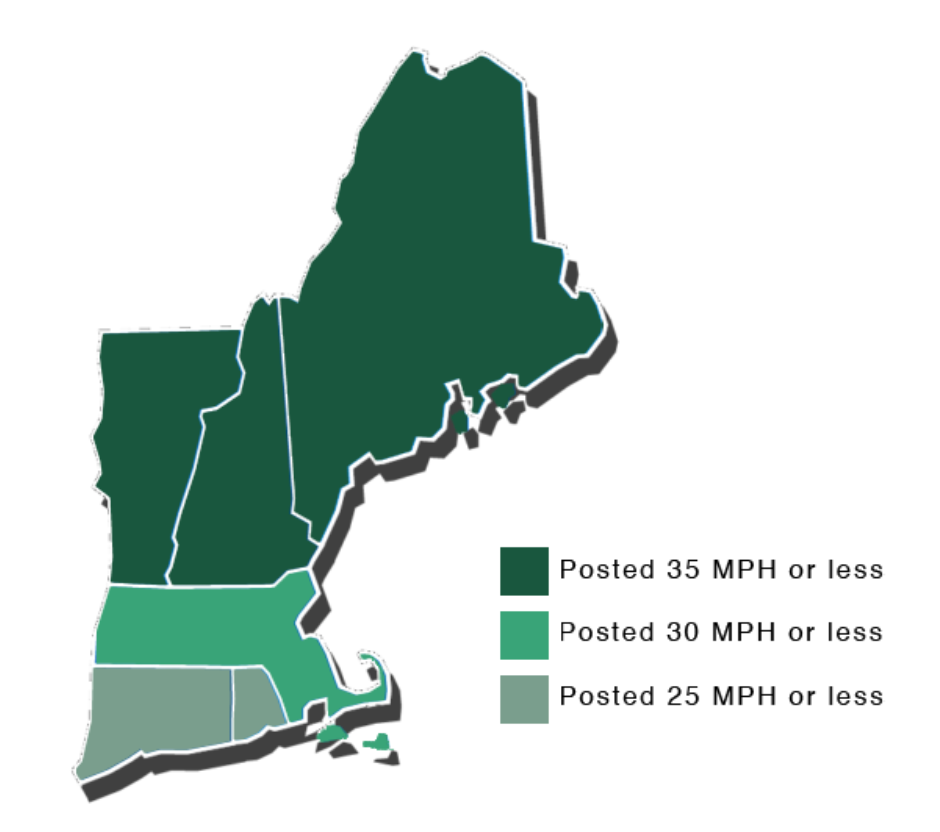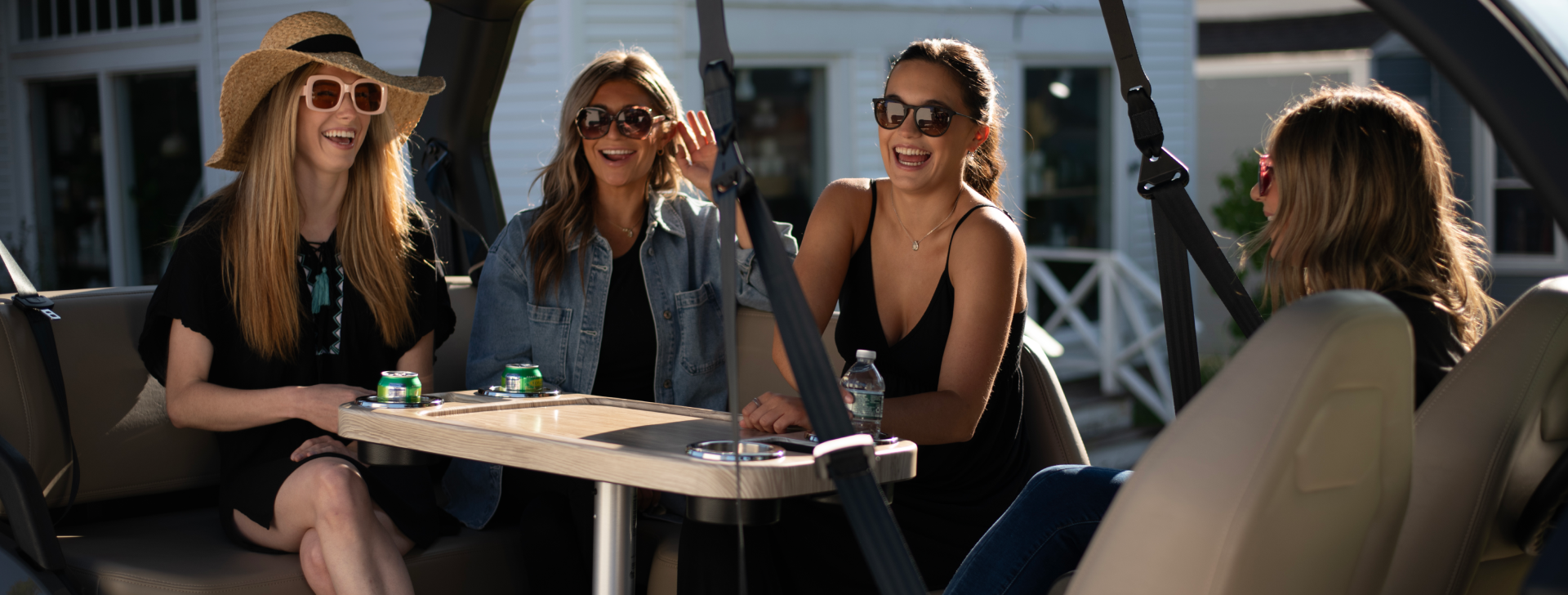FAQs
We operate seven conveniently located dealerships across New England, including Massachusetts, Rhode Island, New Hampshire, Maine, and Connecticut.Find your closest C2 Vehicles location here.
We offer a wide selection ofgolf carts, electric low-speed vehicles (LSVs), and utility vehiclesfor personal, commercial, and rental use. C2 Vehicles is a top New England distributor for Club Car golf carts and the only authorized GEM mobile service dealer in the region. We also carry premium brands like Garia, MadJax X-Series, Polaris ProXD, and Moke America—perfect for cruising coastal towns or working job sites. All vehicles are backed by our award-winning service and extensive parts inventory.
At C2, we work hard to deliver the best service and coverage for your vehicle, whether you are a first-time shopper or a longtime customer.
That’s why we are proud to offer warranties on all Certified Pre-Owned vehicles:
- 3-year, bumper-to-bumper coverage for used vehicles up to 5 years old
- 2-year drivetrain coverage for used vehicles 6 to 10 years old
Our journey with you does not end when we drop off your vehicle—we are with you for the long haul.
Please note that warranties are only available within the six New England states.
Yes! Financing your golf cart, LSV, or Moke is easy at C2 Vehicles. We partner with leading lenders like Sheffield Financial to offer flexible options, including revolving credit and fixed-term loans. Whether you are purchasing for personal use or your business, our team can help you secure financing quickly.All offers are subject to credit approval and terms may apply—contact us to learn more.
Yes, and we can help! When you enroll in our Consumer Service Plan, our factory-trained technicians will winterize your vehicle, prolonging battery life and ensuring peak performance. We also provide a spring reconnect service for added convenience.
We proudly service golf carts and electric low-speed vehicles (LSVs) from leading brands we sell, including Club Car, GEM, Garia, MadJax, Polaris ProXD, and Moke America. Service is available at all seven C2 Vehicles locations throughout New England, and includes annual maintenance, diagnostics, battery care, and genuine parts.
Need convenience? We offer door-to-door pickup and delivery for eligible vehicles. Schedule your golf cart or LSV service here.
Yes! C2 Vehicles operates the largest golf cart and utility vehicle rental fleet in New England, featuring late-model Club Car and Polaris Pro XD vehicles. We are the trusted rental partner for hundreds of events each year—including festivals, weddings, sporting events, fairs, and corporate gatherings—and we are proud to help organizers throughout Massachusetts, Rhode Island, Maine, New Hampshire, and Vermont run smoothly.
From passenger golf carts to rugged utility vehicles, we have the fleet, staff, and logistics expertise to ensure your event goes off without a hitch. Learn more about rentals or request a quote here.
Street legal FAQs
LSV stands for “Low Speed Vehicle.” An LSV is a cart that has a minimum speed of 20 mph and maximum speed of 25 mph, and can legally be driven on most roads posted 35 mph or less (see graphic for exact speed limits according to your state).
All vehicles must meet all US federal safety standards for low-speed vehicles (LSVs) and be equipped with automotive safety windshield glass, three-point safety belts, turn signals, headlamps and brake lights, horn, mirrors, windshield wipers and on-road tires.
Your particular state may have additional laws and regulations pertaining to LSV’s. At C2, we’ll help you through the entire purchasing process!

Typical golf carts are not designed to exceed 15 mph and lack the safety features required for use on public roads. “Street-legal” golf carts are equipped with road-ready safety features and can travel at speeds up to 30 mph. These are also known as Low-Speed Vehicles, or LSVs.
A drivers’ license is required to operate an LSV. If your child does not have his or her learner’s permit or driver’s license, they are not permitted to drive an LSV. An LSV is considered a low-speed street-legal vehicle and should be treated as such.
No. LSVs carry a 17-digit VIN, and must be initially built and sold in a “street-legal” state. Looking to add an LSV to your fleet or personal life? We sell them!
Yes. As an LSV is classified as a street legal vehicle and is permitted to be driven on public roads, your LSV must be insured under an auto policy that includes Personal Injury Protection and Property Damage Liability coverage at a minimum.
Most if not all states in which LSVs are legal require them to be insured, registered, and operated only by licensed drivers.
This process can be split into the following four steps.
Step 1 — Acquire an LSV
Find a legal LSV as deemed by the National Highway Traffic Safety Administration. Make sure you have the Certificate of Origin, title, or out-of-state registration listing the body style or body type as “LSV” or “Low Speed Vehicle.”
Step 2 — Get Registered
Then, an application for registration and title, or an RMV1 form, should be completed. Registration, title fees and applicable tax are paid directly to your RMV office.
In most states, the following documentation is required to process your registration and title:
- A manufacturer’s Certificate of Origin (new vehicles only), or...
- The previous owner’s Certificate of Title, Dealer Reassignment form if applicable, or...
- The previous registration and bill of sale for vehicles that are exempt.
Step 3 — Get Insurance
Once you’ve made sure your LSV is properly registered, contact your insurance agent to discuss insurance options. You’ll want to make sure your LSV is covered by a policy that includes Personal Injury Protection and Property Damage Liability coverage at a minimum.
Step 4 — Get Inspected
To be on a public way, LSVs must be registered, titled, insured, and inspected. If an electrical motor or batteries solely powers the vehicle, no emissions test is required. If, however, the LSV is liquid-fueled, the emissions test is required.
They must meet all US federal safety standards for low-speed vehicles (LSVs) and be equipped with:
- Automotive safety windshield glass
- Three-point safety belts
- Turn signals
- Headlights and brake lights
- Horn
- Mirrors
- Windshield wipers
- On-road tires
- Parking brake
- The Manufacturer’s Certification Label posted on the vehicle containing the VIN and indicating the TYPE of vehicle as a “Low Speed Vehicle”

